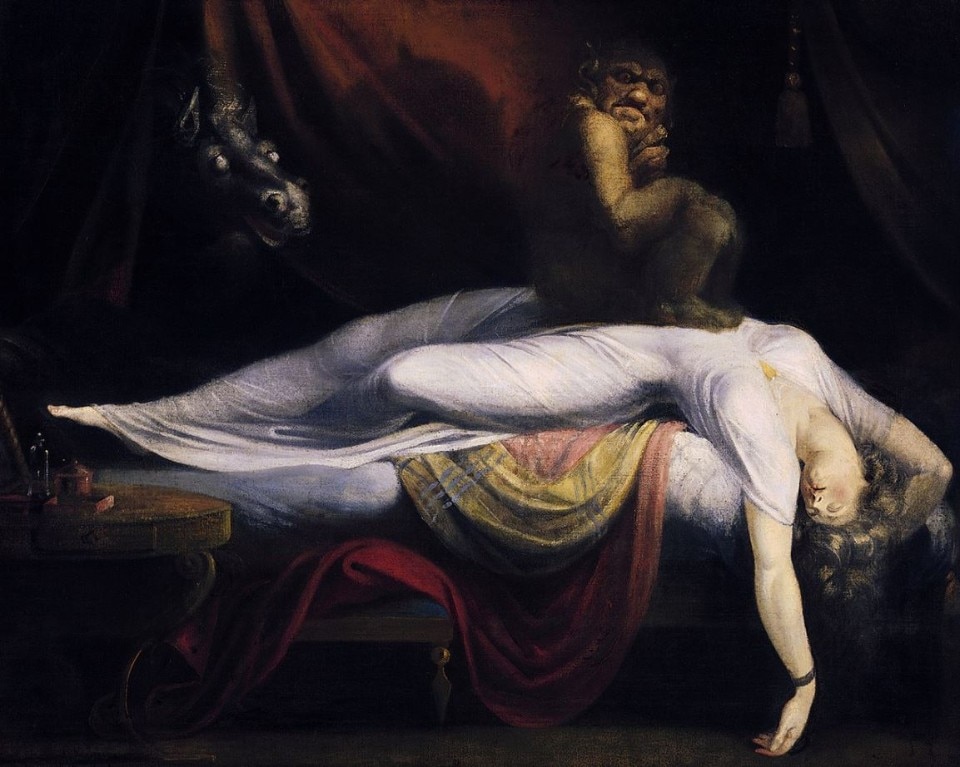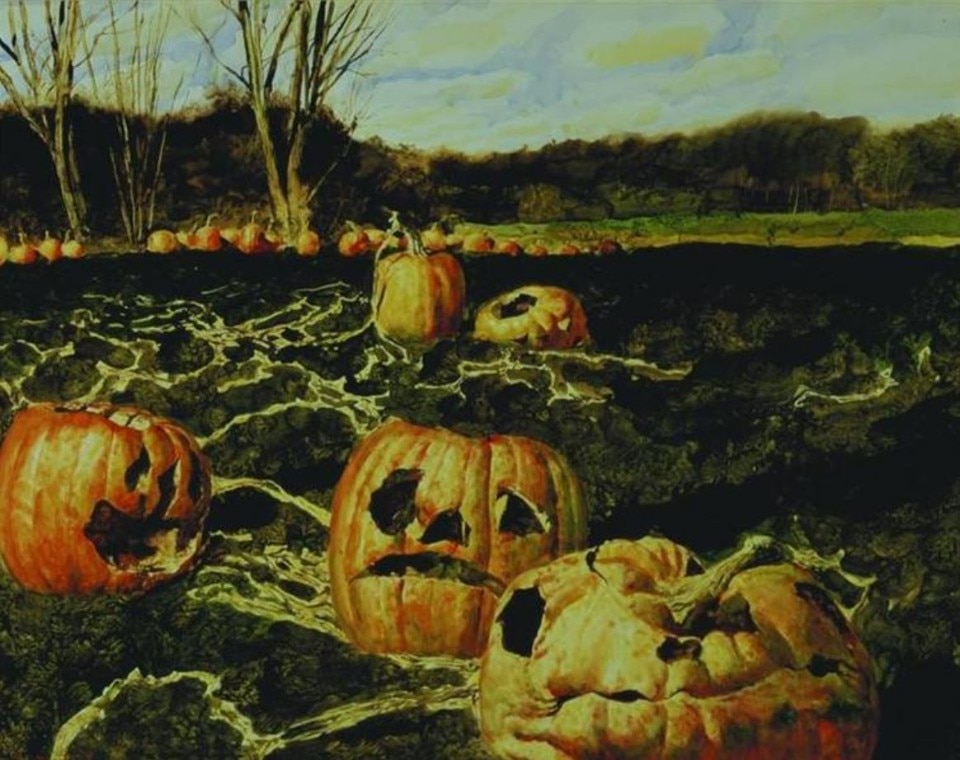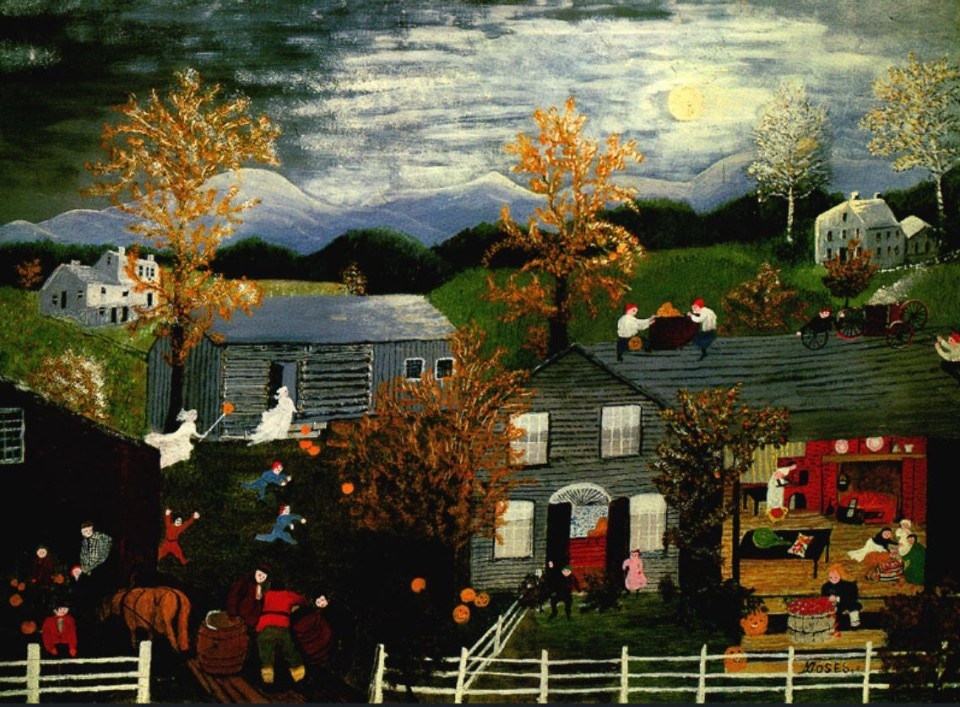“There is nothing funny about Halloween. This sarcastic festival reflects, rather, an infernal demand for revenge by children on the adult world” once confessed the famous French sociologist and philosopher Jean Baudrillard. And how can we blame him? Cheerful, masked children in every corner of the world exorcise demons, evil spirits, monsters, knocking on our doors shouting: “Trick or treat?”. And just like that, we make the votive offering to these little evil spirits. Painting, too, has told us about this festival, illustrating its rituals and symbols or, going even further, depicting the monsters in our minds, the nightmares haunting our lives, thus delving into an area of psychological introspection that over time has become ì increasingly relevant in science and psychology.

Perphaps, the most famous work of art is The Nightmare by Swiss artist Johann Heinrich Füssli. The artist got the idea and the title from a legend of Scandinavian mythology. Several paintings were made on this theme, experimenting with light and colour, aiming to emphasise the feeling of anxiety, panic and terror in the various stages of sleep. A small, hideous demon is sitting on the chest of a sleeping girl. Emerging from a parting in the red curtain behind her is another monster, a horse with strange eyes.
The artist’s knowledge of Michelangelo’s paintings was of great help to him, because it inspired him to create the little monster in the painting, which are reminiscent of the demons painted in the Sistine Chapel. The space of the work appears three-dimensional, the bed determines the size of the room, but the lights and the soft glow of the woman’s clothes push us into the irrational, into a dream, into an unreal context to which the nightmare gets us accustomed. The woman seems almost lifeless and the little demon appears as the murderer, victim and oppressor.
“So on his nightmare through the evening fog
Flits the squab Fiend o’er fen, and lake, and bog;
Seeks some love-wilder’d Maid with sleep oppress’d,
Alights, and grinning fits upon her breast,” wrote the British philosopher Erasmus Darwin about the painting.

Monsters, demons, but also carved pumpkins - this is Halloween. In his painting Warm Halloween, the American artist Jamie Wyet describes a field of pumpkins that, on that night, transform into evil spirits.
However, it was the extraordinary Grandma Moses, Anna Mary Robertson Moses, an American artist of the mid-20th century, who summarized the phases and moments of this celebration in a single work. In Halloween, she depicts different scenes in which children’s joy seems to be the true subject. Pumpkins and ghosts enrich this large family landscape in a typical American farm.
Next Sunday will be the night of ghosts, masks and children, and as Tim Burton’s extraordinary film Nightmare Before Christmas says, “This is Halloween, scream with us! Make way for those who are more special than you!”
- Opening image :
- Grandma Moses, Halloween, 1955


